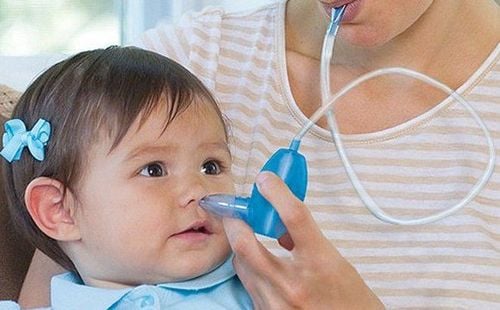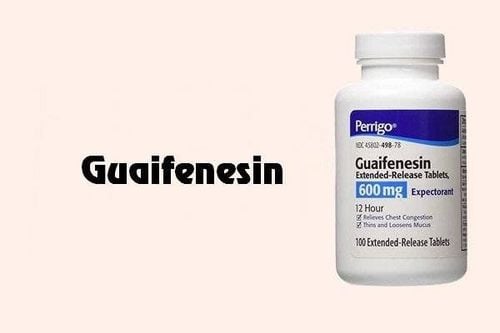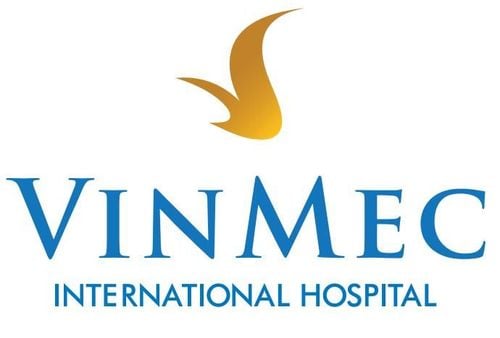This is an automatically translated article.
The article was professionally consulted with Doctor of Pediatrics - Neonatology - Vinmec Nha Trang International General Hospital.Young children often have breathing problems that obstruct the airway. Therefore, sucking the nose for children is one of the necessary things. However, not all children need to suck their nose.
1. When is it necessary to aspirate a newborn's nose?
Young children often have respiratory problems that cause stuffy nose, runny nose, difficulty breathing due to mucus and phlegm filled in the oral cavity, sinuses. In children under 2 years of age, do not know how to cough up sputum. So at this time, sucking the nose is necessary to ensure the baby's breathing.Should suck the nose for the child in the following cases:
The child is young, has wheezing, difficulty breathing but is unable to blow his nose or spit out sputum on his own. When children have respiratory problems that cause difficulty in breathing and eating at the same time such as: Cough with green sputum, thick sputum that is difficult to remove, flu, stuffy nose, upper respiratory infection, allergic rhinitis, increased phlegm production ... Note that smoking is only allowed for children when prescribed by a doctor.

In hospitals often used Use a suction machine to suck up sputum in cases of pneumonia or bronchiolitis. With stable pressure of the machine, stronger suction can cause mucosal hemorrhagic lesions, bleeding after and during sputum aspiration. Therefore, this must be done by qualified medical personnel.
For non-hospitalized children who are cared for at home, nasal aspiration can be indicated with assistive devices such as a V-shaped device, nasal aspiration with a pump. These manipulations are only allowed with the guidance of the treating doctor. However, doctors recommend that you should not abuse nasal suction for children because it can cause damage to the child's nasopharyngeal mucosa.
Trắc nghiệm: Sự phát triển tinh thần, vận động của bé thế nào là đúng chuẩn?
Khi nào bé biết nói, biết hóng chuyện hay biết cầm cốc là "đúng chuẩn"? Điểm xem bạn biết được bao nhiêu mốc phát triển tinh thần, vận động "đúng chuẩn" của bé nhé!The following content is prepared under supervision of Thạc sĩ, Bác sĩ y khoa, Ma Văn Thấm , Nhi , Phòng khám Đa khoa Quốc tế Vinmec Dương Đông(Phú Quốc)
2. Notes when sucking the baby's nose
Children are still young, their nasal mucosa is also very weak and vulnerable. Therefore, in the process of aspirating the nose, it is necessary to note a few things as follows:Before performing sputum suctioning for children, they must ensure that the aseptic process is performed by cleaning their hands with soap or disinfectant solution. The aspirator must also be sterilized. Perform nasal hygiene manipulations for babies very gently, especially when using a nasal aspirator for children with a pump because the pump can damage the structures of the nose causing bleeding, swelling of the nose leading to increased stuffy nose in children. Do not perform sputum suctioning in the nose, mouth, and throat more than 2-3 times a day. Because it will most likely thin the nose wall, creating unnecessary damage to the child. Should conduct nasal irrigation for children before eating and while the child is still awake. After aspirating the child's sputum, clean the child's nose, mouth, and throat with physiological saline. If during the process of rinsing the nose with physiological saline, the baby has a phenomenon of sneezing, do not worry because the cleaning solution can still enter the baby's nostrils. On the other hand, the sneeze reflex can also partially assist in pushing out the sputum that has not been aspirated. If the child has a strong reaction, stop aspirating the child and try again in a few hours. Give the baby enough water to drink, increase breastfeeding.

In order to limit the incidence of upper respiratory tract diseases in young children, parents should pay attention to the nutrition that improves the child's resistance. At the same time, add supporting foods containing lysine, essential micro-minerals and vitamins such as zinc, chromium, selenium, B vitamins,... snacks and less digestive problems.
Parents can learn more:
Why do you need to supplement Lysine for your baby?
The role of zinc - Guidelines for reasonable zinc supplementation
Please visit the website Vinmec.com regularly and update useful information to take care of your baby and family.














